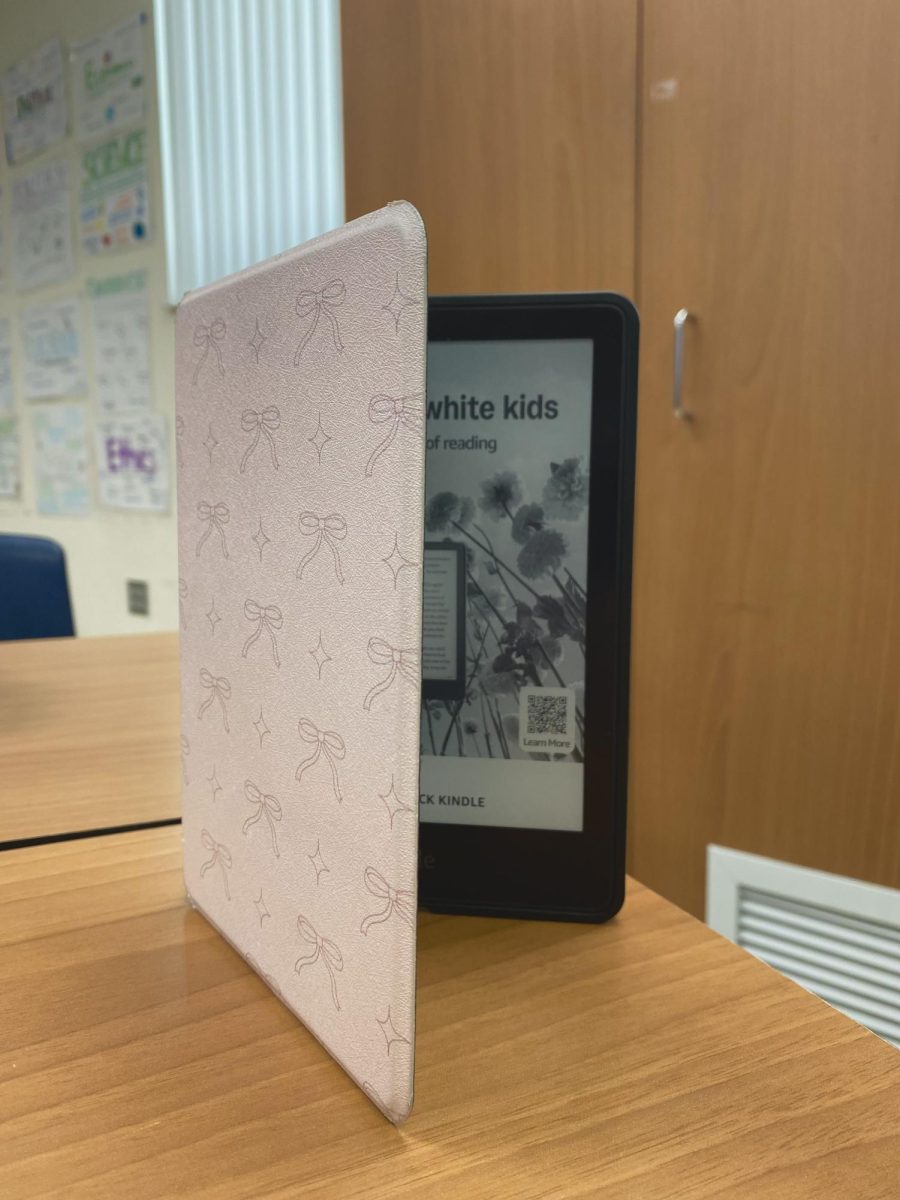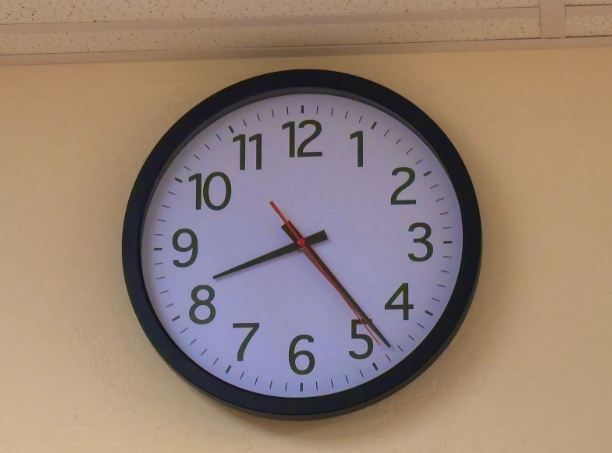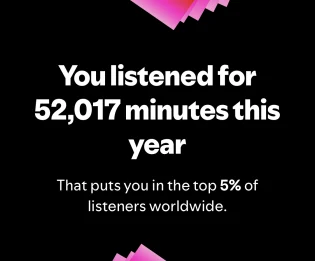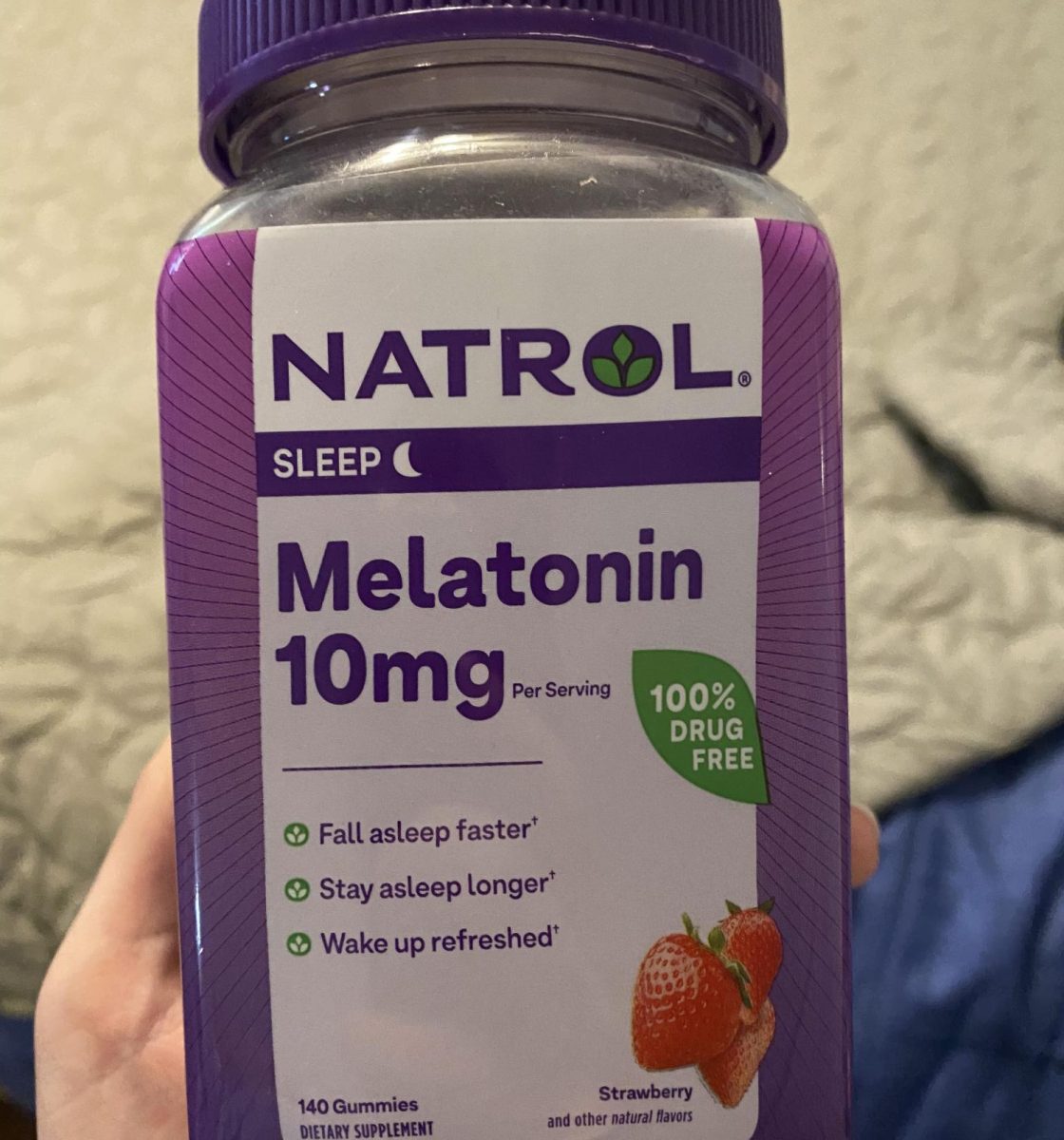Language Learning Apps: Cap or Slap?

February 7, 2022
By now, many of you have seen the “cap or slap” trend on social media. In essence, influencers talk about their favorite products, brands, or other activities that are beneficial or actually work. Today, the trend takes on a growing market in education: language learning apps.
Since the founding of Rosetta Stone in 1992, virtual language learning softwares have taken the world by storm, with apps like Duolingo and Babbel getting copious downloads. Since the app’s release in 2011, there are about 42 million active Duolingo users as of 2020. Although this number may be skewed because of increased popularity during the pandemic, the growth is still quite impressive.With all this hype, popular belief points to these programs promoting multilingualism across the globe.
Another common reason for using these platforms is to supplement learning languages in school. Speaking from personal experience, I have been using Babbel to supplement my French learning when I am not in class, whether that be during school breaks or on commute to my daily errands.
Duolingo and Babbel, the two most popular of these apps to date, have created a series of lessons in each language, each with a series of multiple choice questions, spelling practice, flashcards, and other materials that take 15 minutes or less to complete. These programs incentivize doing at least one lesson every day by keeping track of a user’s streak, or how many days in a row they do a lesson.
The Bullseye spoke to WBHS student Abby Robinson, 12, about her experience using Duolingo. “What I like most about it is the set-up,” she said. “It’s really engaging, and I like how it motivates me to keep my streaks alive.”
Robinson also mentioned how easy the app is to use. “It’s really accessible, and if you want to take it to the next level, they have a Duolingo Plus option. I’ll lose track of time and spend 30 minutes a day on it, so I’m constantly engaged and having fun!”
Despite recent spikes in popularity, there are still plenty of criticisms of language learning apps. For example, many of the apps do not have outlets to learn conversational skills. Some newer apps, like HelloTalk and Tandem, attempt to address this drawback by making it the main feature of their programs. Research has abundantly shown that being immersed in a new language translates (no pun intended) into real situational skills that users can implement in conversations.
Of course, no invention or program is perfect, but learning a language is a skill that some say comes best from learning in the classroom. As evinced by the last 20 or so months, online learning has shown to be detrimental to a large majority of students academically, physically, and emotionally. That being said, the virtual classroom setting varies a lot from the easy-going and low-pressure environment that language learning apps are intended to be.
Another potential downside of these apps is that it may take some internal motivation to keep up with their studies. Having notifications and reminders doesn’t hurt, but more and more students are getting more involved in other extracurricular activities such as sports, music, clubs, and other endeavors.
Regardless, language learning apps are a simple and fun way to keep your brain active and immerse yourself in other cultures. So, cap or slap? Decide for yourself in the comment section below.












































